FOUR BUILDING BLOCKS FOR A STRONG COMMUNICATION
To ensure that we are thoroughly prepared for a potential re-emergence of the virus, we propose focusing on four communicative building blocks: risk assessment, ambiguity, complexity and the social-psychological focus of the information. The balance between these four measures will determine the degree to which citizens will be able to handle the uncertainty of the crisis and consequently determines the success of the COVID-19 communication.
Risk assessment
How big or small do we position the threat? Portraying the risk as very broad so as to make the urgency of the situation deeply sink into citizens’ minds is one option, but there is also a considerable chance that we will create mass hysteria in this manner, with all the attendant consequences that may follow. Depending on the status of the pandemic, the right balance will have to be found here, in combination with the factors cited below.
Ambiguity
Providing a lot of information is not always the best communication strategy. A multitude of information can after all create a lack of clarity, and inadequate or contradictory input. Just think back to the coverage of the spread of the virus, which initially seemed to be able to survive on surfaces but later proved to primarily be infectious through the air. These contradictions create a lack of clarity and have an especially large impact on people’s behaviour – they either completely panic or revert to a could-care-less attitude. Transparency is a good thing, but ambiguity must be avoided. Communication can moreover only be efficient when it shows a clear vision and when it signals a clear direction. Also try to steer clear of an excessive information frequency: at a certain point, this can become too much emotionally speaking and this may also manifest in people’s behaviour. It is better to offer some information in a consolidated manner, and this applies to the actual information as well as the information, sources and frequency. Sometimes less is indeed more.
Complexity
When things become too complicated, people leave. It is important that the communication tells a translated, applied version of the news. Complex explanations and jargon are of no use to the average Flemings because they cannot apply them to their own situation and consequently cannot assess to what degree it is relevant to them. To avoid escapism, it is crucial that complex matters be presented in bite-sized pieces.
A socially-psychologically focused communication
We already identified this as the largest mistake in the approach taken to COVID-19 communication in Part I of this conversation, but it could also determine its future success: the need for a social psychological awareness. Communication that only focuses on the rules in force and that assumes people feel a sense of civic duty to uphold these rules does not work. Broader support must be built by addressing the individual psychology of the subgroups, for instance, young people. The situation must be made specific to the individual so that the risks become concrete to him/her and the usefulness of the measures – and as a result, the essential contribution to society he/she makes by following these rules – becomes tangible. And to in this way avoid that we, “as little Belgians”, give our usual own interpretation to the rules.
EMBRACING permanent alertness THOUGH a ‘stop light approach’
Although the future around corona may be uncertain, one thing is clear: the pandemic is not yet over. The virus will continue to rule our society for some time to come and may even bring a second wave. In other words, vigilance remains the order of the day. It is why COVID-19 communication must emphasise the ‘new normal’ in which we find ourselves so that people continue to be conscious of the corona threat. But what is this ‘new normal’ in Flanders and Belgium? At the moment, the larger framework around this is unclear and continues to generate a lot of discussion, as a result of which the concept is not tangible to citizens. This is why it is crucial that we clearly define and communicate this new normal. For this to happen, the highest decision-making body must take a position on relevant COVID-19 themes, including those that are generating much controversy, such as contract tracing.
Once the framework of this ‘new’ society has been articulated, a level of permanent alertness vis-à-vis the situation is the next, elementary step to keeping the population in a state of corona awareness. We must communicate about the new normal in a systematic, playful but prescriptive way. So that there continues to be awareness of the threat of the pandemic and so that old habits are not resumed. Only in this way can we keep the situation under control, prepare our country for future flare-ups and also build support for potential further tightening of the rules.
A so-called ‘stop light approach’ can serve as a guide for this COVID-19 communication. If we manage to define the four traffic lights colours – green, yellow, orange and red – and to clearly explain what they mean for everyone, we will be well on our way. Especially when these traffic lights are overseen by a powerful authority that demonstrates a clear vision and inspires trust.

